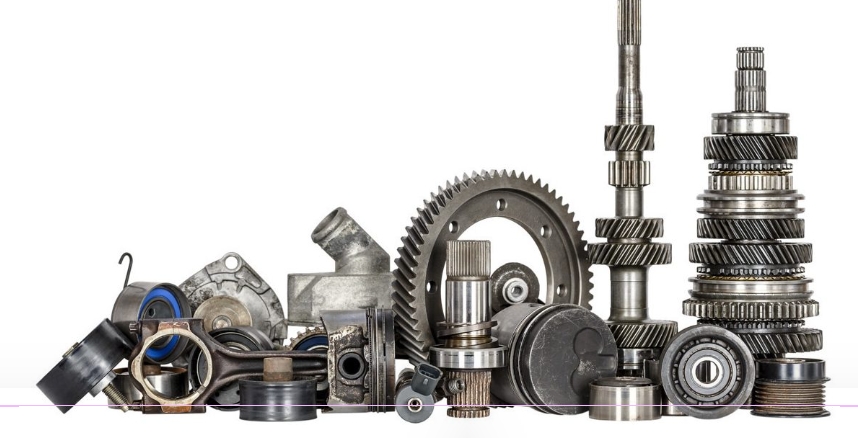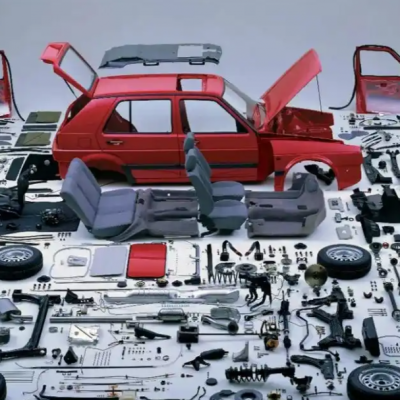Is Lower Engine Idling Always Better?
Table of Contents
ToggleA Complete Guide to Understanding Idle Speed
Among car enthusiasts and some drivers, there’s a widely spread belief: “The lower the engine idle speed, the better the engine performance.” At first glance, this might seem logical — after all, lower RPMs mean lower fuel consumption and suggest better efficiency.
But is this really true? Is lower idle speed always a sign of a better engine? In this article, we’ll dive deep into what idle speed really means, its ideal range, its pros and cons, and how to properly manage it in your daily driving.
What Is Engine Idle Speed?
Idle speed refers to the engine’s rotational speed when it’s running but the vehicle is not moving — in other words, when the engine is on, but there’s no throttle input or load. At idle, the engine only needs enough power to keep itself running and maintain essential functions like the alternator, air conditioning, and power steering.
What’s the Normal Idle RPM Range?
Typically, for most gasoline engines, idle speed falls between 600 and 850 revolutions per minute (RPM). However, this range may vary based on the engine type and the vehicle model.
-
Naturally aspirated family sedans: 700–800 rpm
-
Turbocharged engines: as low as 650 rpm
-
Diesel engines: generally a bit higher, 750–900 rpm
During a cold start, idle speed can temporarily spike to 1200–1500 rpm to help warm up the engine faster. Once the engine reaches its optimal operating temperature (around 90°C), the idle RPM returns to a steady, normal range.
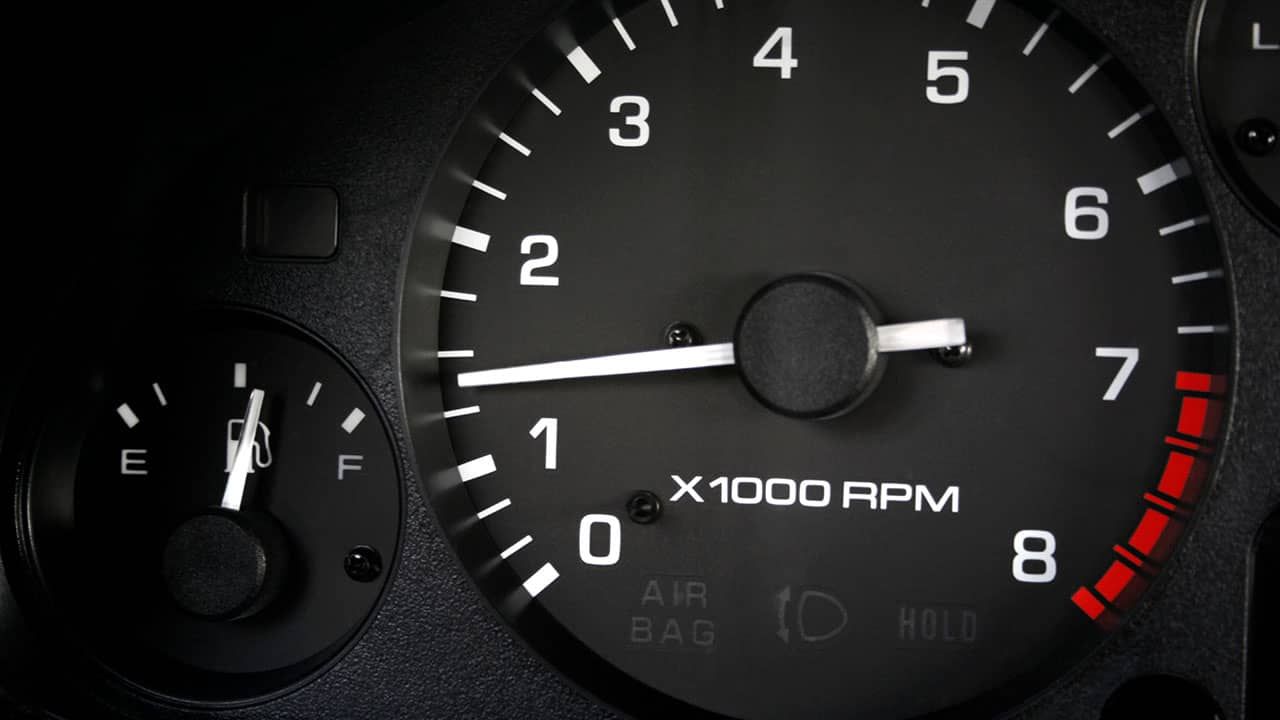
Is Lower Idle Speed Better?
In theory, a lower idle speed — if the engine remains stable — does offer several advantages:
1. Better Fuel Economy
Lower idle RPM means the engine is burning less fuel over time. Studies show that every 100 rpm reduction in idle speed can increase fuel economy by approximately 0.4 km per liter — especially helpful in city driving with frequent stops.
2. Sign of Advanced Engineering
If an engine can maintain smooth and steady operation at low RPMs, it reflects efficient combustion, low internal friction, precise manufacturing tolerances, and a well-calibrated ECU. Some premium cars can idle as low as 600 rpm without noticeable vibration, which indicates excellent engineering.
3. Quieter, More Comfortable Driving Experience
A lower idle speed means less mechanical activity, which reduces engine noise and vibration. This creates a quieter cabin, especially during traffic stops or when idling in parking lots, improving overall comfort.
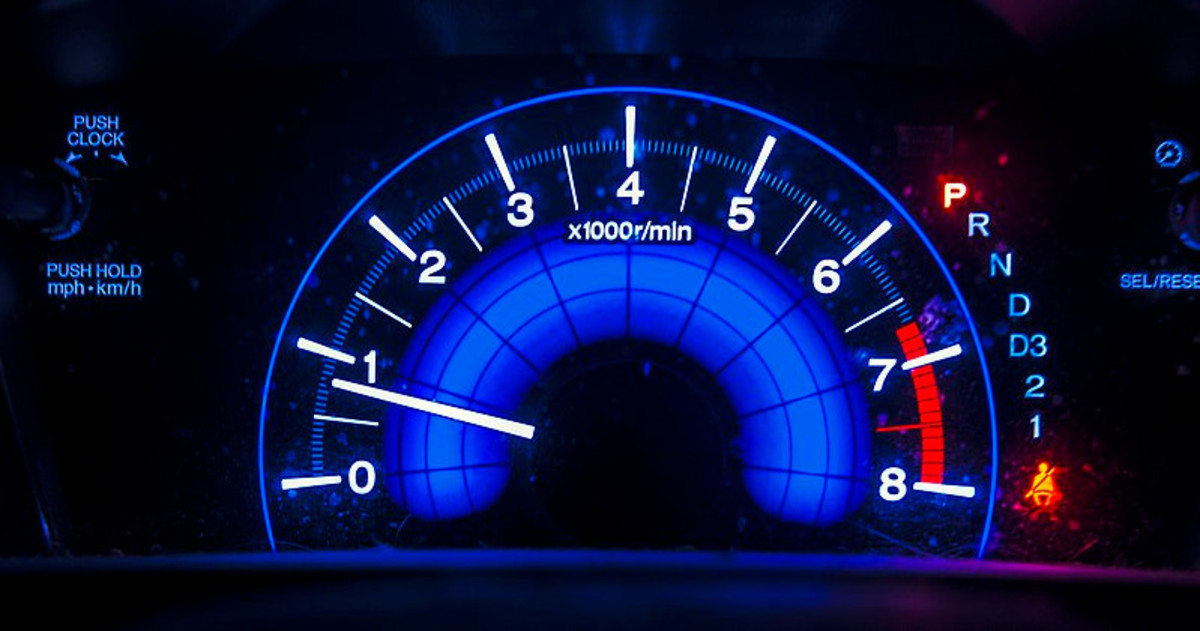
But Too Low Isn’t Always Good — The Risks of Low Idle Speed
While lower idle RPM has its benefits, going too low can introduce serious issues:
1. Poor Load Handling, Easy Stalling
Engine power = torque × RPM. When RPM drops too low, the engine may not produce enough power to support sudden electrical or mechanical loads (e.g., turning the steering wheel, switching on AC), leading to engine stalls — a safety risk in traffic.
2. Increased Vibration and Rough Idling
At low RPM, the engine’s balance can become unstable, especially in three-cylinder engines. Excessive vibration may be felt in the steering wheel, pedals, or seats, reducing driving comfort and potentially wearing out engine mounts.
3. Incomplete Combustion and Carbon Buildup
Lower RPM means slower airflow, which leads to poor fuel atomization and incomplete combustion. Over time, this can cause carbon deposits on valves, fuel injectors, pistons, and spark plugs — decreasing performance and increasing fuel consumption.
4. Increased Emissions
Incomplete combustion also produces higher levels of pollutants such as carbon monoxide (CO) and hydrocarbons (HC), contributing to air pollution and potentially causing the vehicle to fail emissions tests.
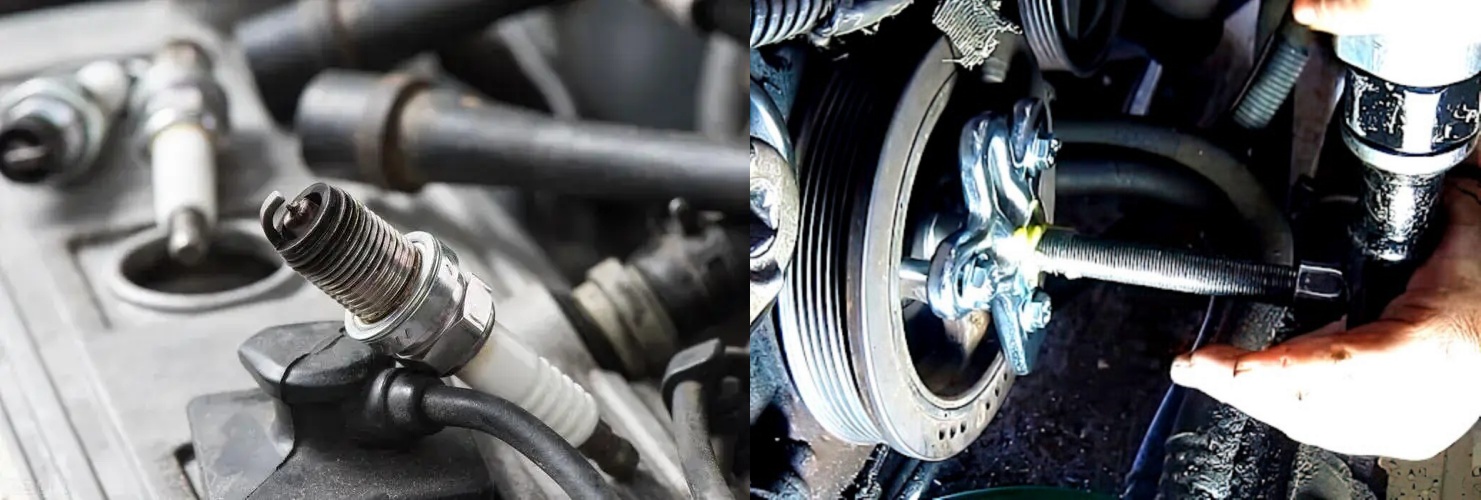
Sudden Low Idle? It Might Signal a Mechanical Problem
Idle RPM is typically set and controlled by the vehicle’s ECU and doesn’t change drastically during normal use. If you notice that your idle RPM suddenly drops, or you’re experiencing any of the following:
-
Frequent stalling during take-off or gear shifts
-
Unusual engine vibration at idle
-
Rough engine sound
-
Check engine light turns on
…it’s likely your car has a problem that needs inspection.
Common Causes of Abnormally Low Idle Speed:
-
Poor Combustion or Power Loss in Cylinders
If combustion is weak, piston force decreases, leading to low RPM and unstable idle. -
Blocked Intake or Exhaust System
A clogged throttle body, intake manifold, or EGR valve can restrict airflow and affect idle stability. -
Fuel System Issues
Fuel line blockage, injector clogs, or fuel pump problems can reduce fuel supply to the engine. -
Ignition System Problems
Worn spark plugs, damaged ignition coils, or coolant leakage into the combustion chamber can cause misfiring and RPM drop. -
Sensor or ECU Malfunction
Faulty throttle position sensors, MAF sensors, coolant temperature sensors, or idle control valves can disrupt idle control logic.
In any case of abnormal idling, it’s strongly recommended to visit a professional repair shop or dealership to perform diagnostic scanning and system tests to identify and resolve the issue early.
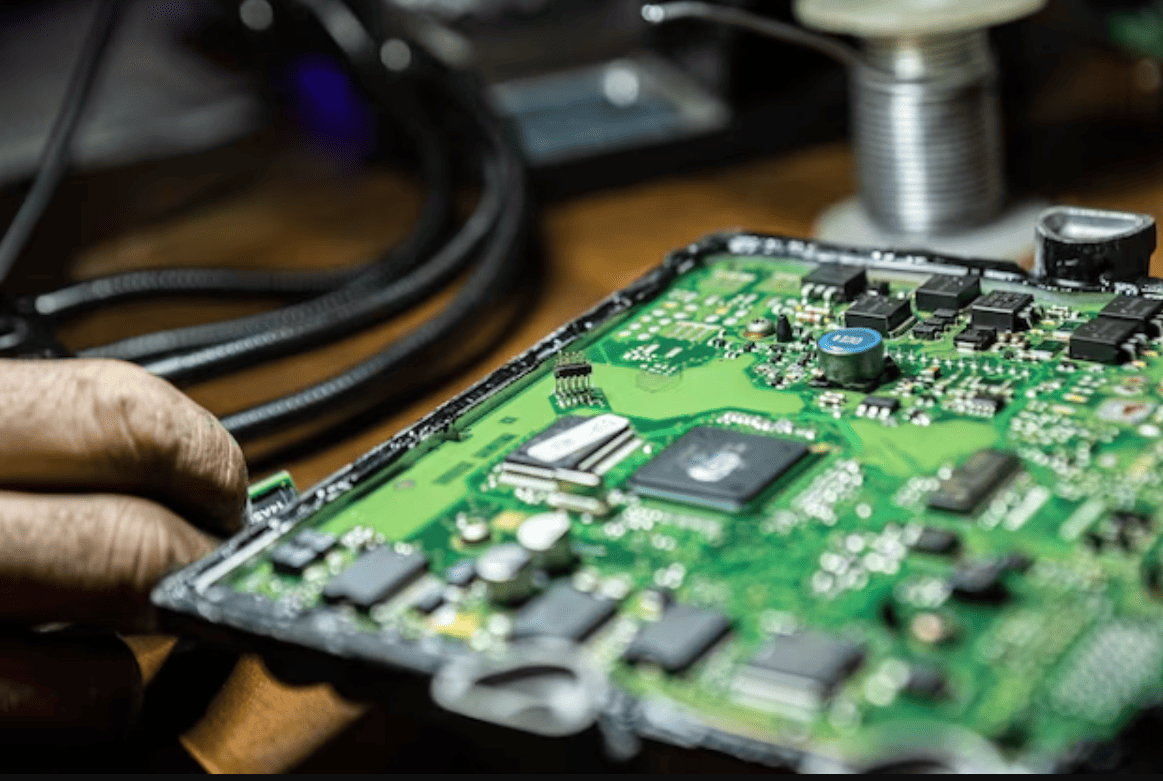
How to Maintain Healthy Idle Speed
To ensure your engine idles smoothly and reliably over time, follow these best practices:
1. Clean the Throttle Body and Intake Regularly
Carbon buildup around the throttle plate can affect airflow and idle control. Clean every 10,000–20,000 km depending on driving conditions.
2. Use High-Quality Fuel and Engine Oil
Poor fuel quality can clog injectors, and dirty oil increases engine resistance. Stick to recommended fuels and change oil on schedule.
3. Replace Spark Plugs and Coils When Needed
Spark plugs typically last 20,000–40,000 km. Worn plugs reduce ignition efficiency, impacting idle stability.
4. Maintain the Cooling System
A malfunctioning thermostat or water pump can cause the engine to run too cold or overheat, both of which affect idle performance.
5. Scan the ECU Periodically
Use OBD tools to monitor real-time data like fuel trim, idle fluctuations, and airflow readings — this helps catch issues before they get worse.
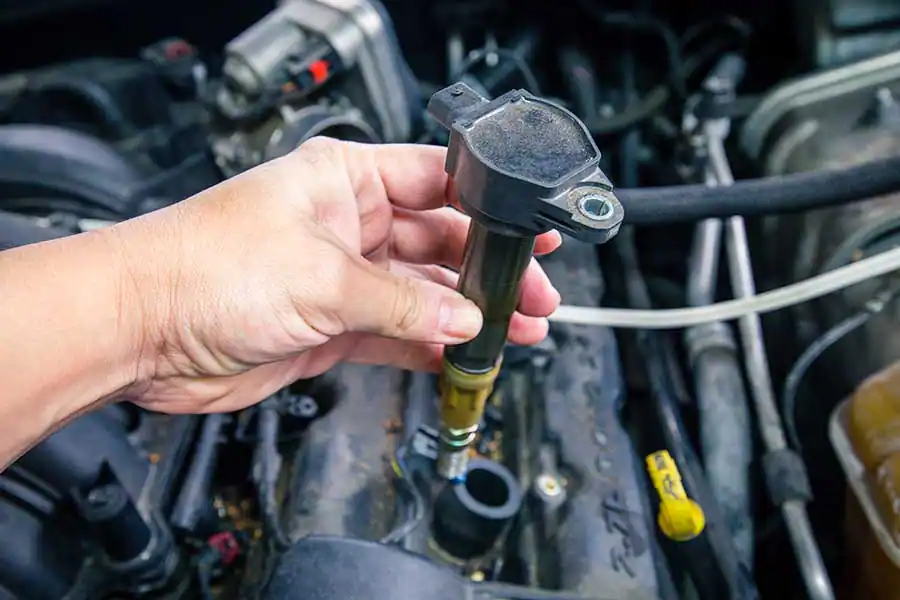
Final Thoughts: Idle Speed Is Just One Piece of the Puzzle
While a lower, stable idle RPM is usually a sign of good engine efficiency, it’s not the sole measure of engine quality. A truly excellent engine also features:
-
Reliable performance across all RPM ranges
-
Smooth power delivery
-
Low failure rates
-
Good transmission pairing
-
Compliance with emissions standards
So instead of fixating solely on idle speed, car owners should take a holistic approach when evaluating or maintaining an engine.
Looking for a Reliable Engine with Smooth Idle Performance?
Whether you’re replacing a faulty engine or looking for high-quality components that ensure stable idling and long-term reliability, we’ve got you covered.
At Yeah Engine, we specialize in high-performance automotive engines and engine parts tailored for markets in Europe, North America, the Middle East, and Russia. Our products undergo strict testing to guarantee excellent idle stability, fuel efficiency, and durability under real-world driving conditions.
From complete engines to fuel injectors, ignition coils, and sensors — we supply everything you need to keep your engine running smoothly.
Worldwide shipping | OEM quality | Factory-direct pricing
Visit our official website to browse our full product catalog.
